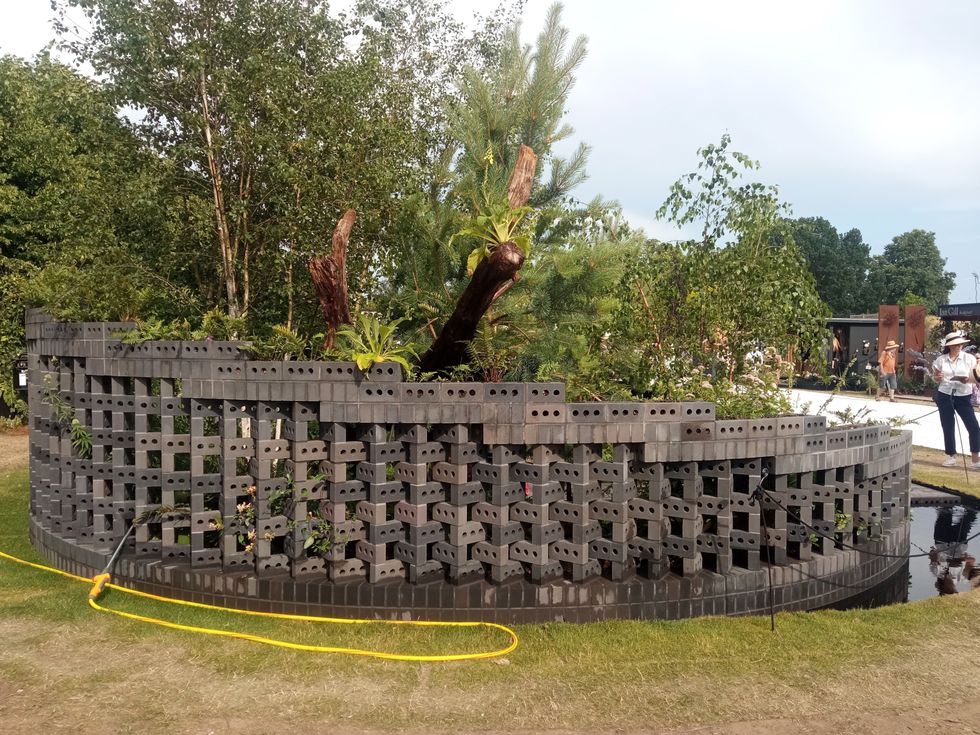Relatives of workers killed in a fire at a packaging factory in Bangladesh have filed a murder case against the owner, police said on Monday (September 12), as the death toll from the disaster rose to 31.
Another 12 people are missing after the disaster on Saturday (10), the worst since the collapse of the Rana Plaza garment complex in 2013 that killed over 1,100 people.
The government has launched an investigation into what caused the fire, but police in the industrial town of Tongi, where the Tampaco Foils Limited factory was located, said bereaved relatives had already filed a private lawsuit.
“A murder case was filed by relatives of a dead worker against eight people, including the owner and his wife,” Tongi police chief Firoz Talukdar said.
Police said they would launch a separate investigation into the murder allegation made by the family. Any decision on whether to bring charges would be taken by a court.
Talukdar said firefighters and soldiers engaged in search and rescue efforts had dug out two more bodies, but there was now little hope of finding any survivors.
Around 70 people were also injured, some critically, in the fire at the factory, which packages food and cigarette products for local and foreign brands.
The Tampaco factory supplies multinational and domestic brands, including British-American Tobacco Bangladesh Ltd and Nestle Bangladesh Ltd, according to its website.
The tragedy struck as families were preparing to celebrate the major Muslim festival of Eid al-Adha.
“My brother Delwar Hossain told us last night he would take us to our home district of Sherpur. Now he is going to be buried there,” said Khaleda Begum, the sister of a factory worker killed in the accident.
“Eid is ruined for our family.”
Machine operator Rubel Hossain was just minutes away from the factory when the blast occurred.
“I heard a huge explosion and saw smoke and fire coming out of the factory,” he said.
“I am simultaneously feeling lucky and heartbroken,” he said, tears streaming down his face as he helped rush the many injured to hospital, blood staining his T-shirt.
Chemicals may have been stored on the ground floor of the factory, helping to explain how the blaze that began at 6am local time (midnight GMT) spread so fast, said Tahmidul Islam of Bangladesh’s industrial police unit.
The head of Bangladesh’s factory inspection department said a committee had been set up to investigate the fire.
“We will find out the responsible people behind this disaster and will take all necessary and legal actions,” factory inspector general Syed Ahmed said.
The blaze is the latest in a series of deadly accidents to hit Bangladesh, whose $27-billion (£20.4bn) garment industry is the world’s second largest behind China’s.
The Rana Plaza tragedy triggered international outrage and successfully put pressure on US and European clothing brands to improve deplorable safety conditions at the factories that supply them.
Western brands improved safety standards and inspections for suppliers, dramatically reducing incidents of fire and other accidents at export-orientated factories.
Fires in garment factories have dropped from 250 in 2012 to just 30 in 2015, with no fatalities that year, according to Bangladesh fire department figures.
But thousands of factories supplying the domestic market have done little to address safety concerns.
Workers are often crammed in elbow to elbow, while fire escape stairwells are routinely blocked or padlocked closed to prevent theft.
Building regulations are rarely enforced and volatile chemicals are often improperly stored, while official safety inspections are few and far between.
















 The circular structure inspired by jali screens in India
The circular structure inspired by jali screens in India Sophie, Duchess of Edinburgh, at the garden
Sophie, Duchess of Edinburgh, at the garden The couple display their medals
The couple display their medals
